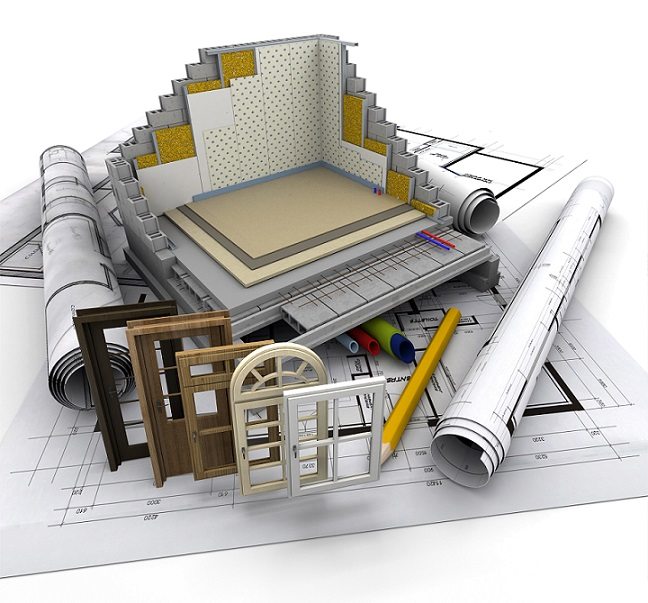When it comes to constructing a building, the foundation is arguably the most critical component. It serves as the backbone of the structure, providing stability and support. Among the various elements of foundation construction, foundation walls play a pivotal role in distributing loads, resisting lateral pressures, and protecting against moisture intrusion. This article delves into the most commonly used materials for foundation walls, examining their properties, advantages, and applications.
Understanding Foundation Walls
Foundation walls are vertical structures that extend below the ground level, supporting the weight of the building above while also providing a barrier against soil and moisture. The choice of material for these walls significantly impacts the overall durability, energy efficiency, and safety of the structure. The most common materials used for foundation walls include concrete, concrete masonry units (CMUs), and treated wood. Each material has its unique characteristics and suitability depending on various factors such as soil conditions, climate, and building design.
- Concrete: The Industry Standard
Concrete is the most widely used material for foundation walls, and for good reason. Its strength, durability, and versatility make it an ideal choice for various construction projects.
Properties and Advantages:
- High Compressive Strength: Concrete can withstand significant loads, making it suitable for supporting heavy structures.
- Moisture Resistance: When properly mixed and cured, concrete can resist water penetration, which is crucial for preventing basement flooding and mold growth.
- Fire Resistance: Concrete is non-combustible, providing an added layer of safety against fire hazards.
- Energy Efficiency: Insulated concrete forms (ICFs) can enhance thermal performance, reducing energy costs for heating and cooling.
Applications:
Concrete foundation walls are commonly used in residential, commercial, and industrial buildings. They can be poured on-site or precast in a factory, allowing for flexibility in design and construction timelines.
- Concrete Masonry Units (CMUs): A Versatile Alternative
Concrete masonry units, or CMUs, are another popular choice for foundation walls. These hollow blocks are made from concrete and are often reinforced with steel for added strength.
Properties and Advantages:
- Ease of Installation: CMUs are relatively lightweight and easy to handle, allowing for quicker construction.
- Thermal Mass: The thermal properties of CMUs can help regulate indoor temperatures, contributing to energy efficiency.
- Design Flexibility: CMUs can be easily cut and shaped to accommodate various architectural designs.
Applications:
CMUs are frequently used in both residential and commercial construction, particularly in areas where additional insulation or soundproofing is required. They are also suitable for retaining walls and other structures that require lateral support.
- Treated Wood: A Sustainable Choice
While less common than concrete options, treated wood can be an effective material for foundation walls in specific applications, particularly in residential construction.
Properties and Advantages:
- Sustainability: Treated wood is a renewable resource, making it an environmentally friendly option.
- Lightweight: Wood is significantly lighter than concrete, which can simplify transportation and installation.
- Aesthetic Appeal: Wood can provide a natural look that some homeowners prefer, especially in less formal settings.
Applications:
Treated wood foundation walls are often used in areas with minimal frost depth or in situations where the foundation is above ground, such as in post-and-beam construction. However, it is essential to ensure that the wood is adequately treated to resist moisture and pests.
Conclusion: Choosing the Right Material
Selecting the appropriate material for foundation walls is a critical decision that can influence the longevity and safety of a building. Concrete remains the industry standard due to its strength and durability, while CMUs offer versatility and ease of installation. Treated wood, though less common, can be a sustainable choice in specific contexts.

